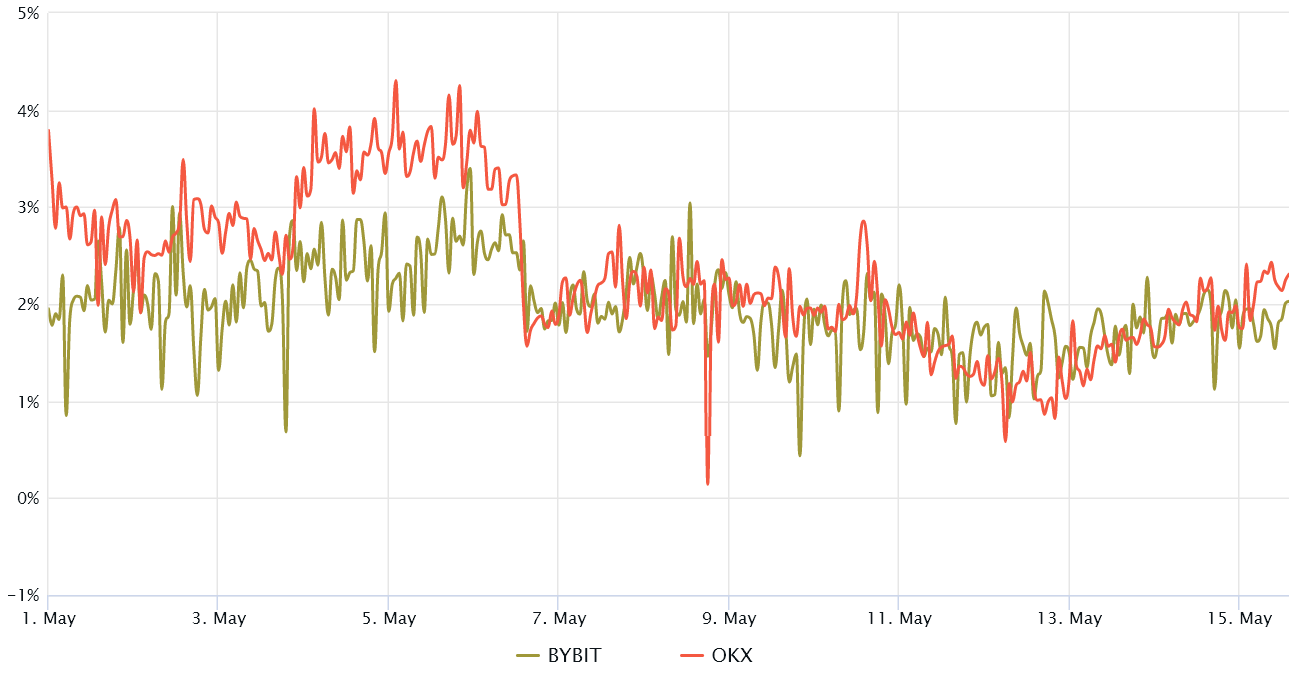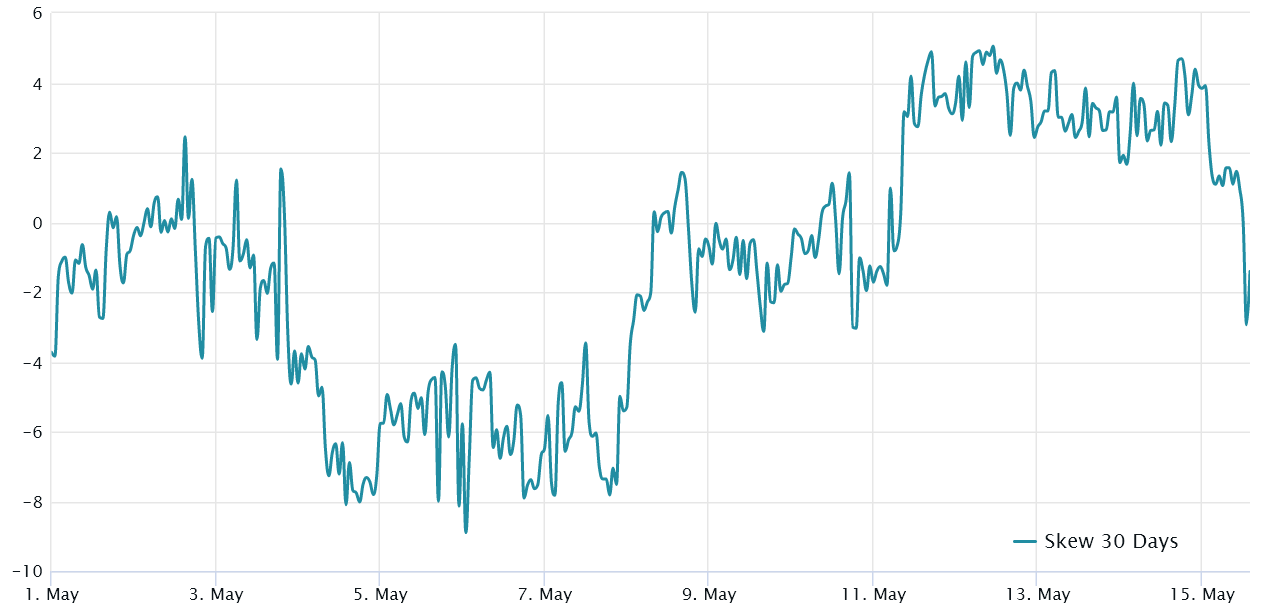Bitcoin’s price declined for eight consecutive days through May 13, totaling a 9.4% correction. The last time such a losing streak happened was on June 14, 2022, after the Celsius lending platform halted withdrawals and FUD — fear, uncertainty and doubt — emerged from United States software firm MicroStrategy’s loan being liquidated at $21,000.
Nothing remotely similar happened as Bitcoin (BTC) retested the $25,800 support on May 12, apart from the network congestion and increased transaction fees. Traders and analysts speculated that a coordinated attack was aimed at causing network instability.
Bitcoin is under DoS attack. High transaction fees are the chosen pain point by the attacker, probably to makes bitcoin unusable for smaller players. pic.twitter.com/0J56liNSGf
— iris.to/jogi (@proofofjogi) May 7, 2023
As pointed out by investor and Bitcoin activist Jogi, high fees likely make the network unusable for smaller players, but they also impact the use of layer-2 scaling solutions such as the Lightning Network, as opening and closing payment channels require on-chain transactions.
The current FUD is quickly losing steam
Regardless of the rationale behind the surging demand for blockchain space, by May 12, the average transaction fee had already dropped 83% to $5.10 from a $31 peak on May 7, according to Blockchain.com data. It is also worth noting that the Ethereum network’s average transaction fee held above $18 between May 5 and May 11, according to Blockchair data.
Traders now question whether Bitcoin can bounce back above $28,000 given the uncertainty on the crypto regulatory front. Bitcoin futures and options data display moderate weakness, but a BTC price rally could happen as investors price in higher odds of a U.S. government debt default.
The current high-interest rate environment is beneficial for fixed-income trades, while the risks of an economic downturn negatively weigh on risky assets such as Bitcoin. Traders should be especially careful if Bitcoin futures contract premiums flip negative or if increased costs for hedging using options occur.
Bitcoin futures remain neutral despite the price correction
Bitcoin quarterly futures are popular among whales and arbitrage desks. However, these fixed-month contracts typically trade at a slight premium to spot markets, indicating that sellers are asking for more money to delay settlement.
As a result, BTC futures contracts in healthy markets should trade at a 5 to 10% annualized premium — a situation known as contango, which is not unique to crypto markets.

Bitcoin traders have been extremely cautious in the past two weeks. On the other hand, the BTC futures premium stood at 1% or higher even after the 12.7% seven-day correction that culminated with the $25,830 low on May 12.
Bitcoin options risk metric stood neutral
Traders should also analyze options markets to understand whether the recent correction has caused investors to become more optimistic. The 25% delta skew is a telling sign of when arbitrage desks and market makers overcharge for upside or downside protection.
In short, if traders anticipate a Bitcoin price drop, the skew metric will rise above 7%, and phases of excitement tend to have a negative 7% skew.
Related: Bitcoin a top 3 asset in the event of US debt default: Survey

As displayed above, according to the BTC options 25% delta skew, traders became increasingly bearish as the indicator spiked to 4% on May 11. Albeit in the neutral area, this is a stark contrast from the previous week, when the metric flirted with bullish sentiment at negative 8%.
Bitcoin options and futures markets suggest that pro traders are less confident, reducing the odds of a quick bounce above $28,000. Still, one could interpret the whole movement as bullish since the 12.7% correction was unable to flip BTC derivatives metrics from neutral to bearish.
Consequently, those betting on a bull trap, meaning a deeper Bitcoin price correction lies ahead, will likely come out disappointed.
This article is for general information purposes and is not intended to be and should not be taken as legal or investment advice. The views, thoughts, and opinions expressed here are the author’s alone and do not necessarily reflect or represent the views and opinions of Cointelegraph.
|
|


Leave a Reply
You must be logged in to post a comment.